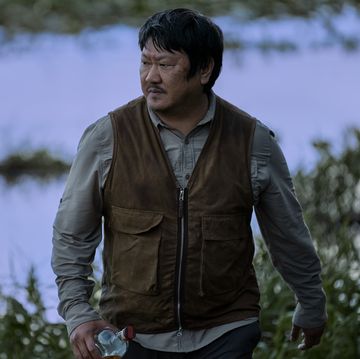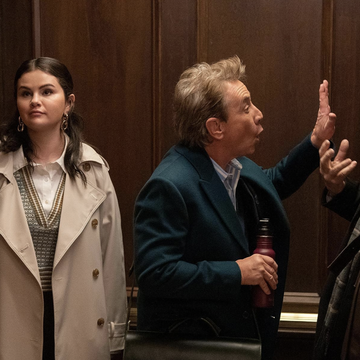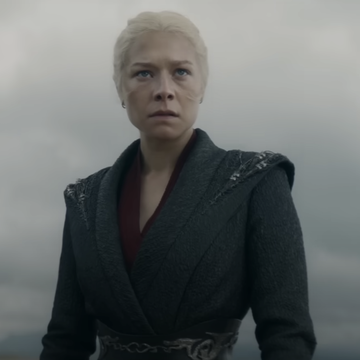The 26 Best Pixar Movies, Ranked
With Inside Out 2 coming to theaters soon, we ran through the beloved worlds of Toy Story, Wall-E, and more.
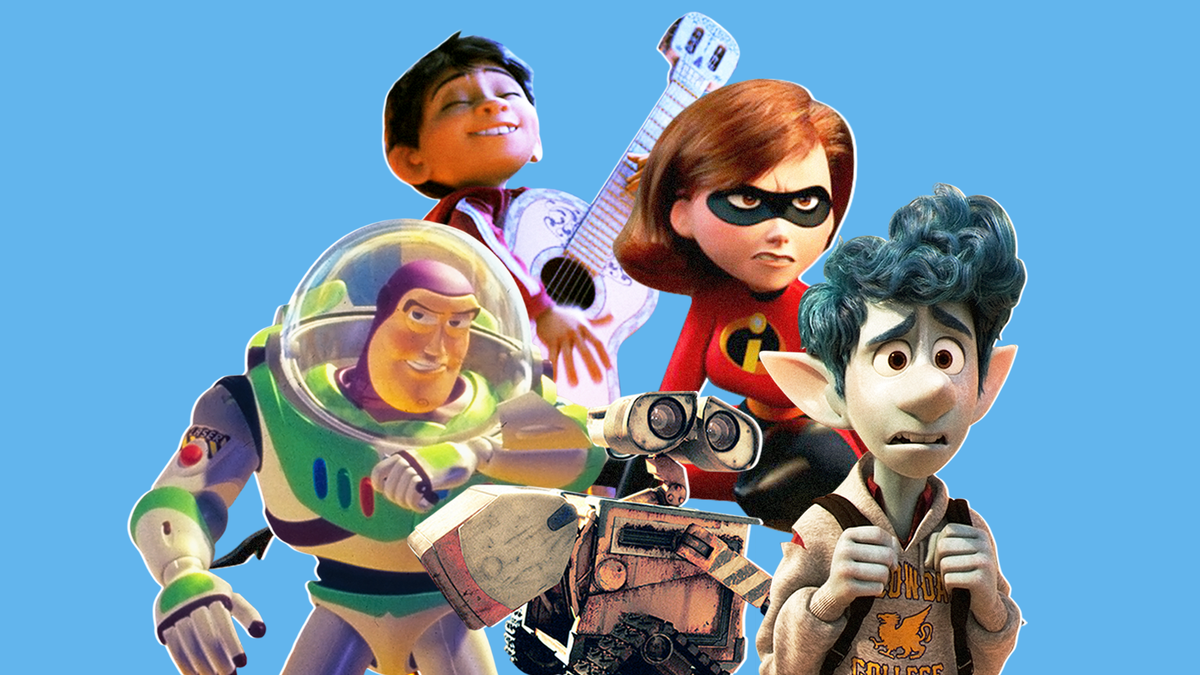
Every product was carefully curated by an Esquire editor. We may earn a commission from these links.
Admit it: you love Pixar movies. Even at your age—whatever it may be!—there’s nothing better than diving into an animated adventure. Since the early aughts, Pixar has delivered one hit after another, and they’re not slowing down anytime soon. This summer, Pixar will release Inside Out 2, the follow-up to their delightful movie about walking, talking, loud-mouthed emotions. Spoiler alert: this time, we’ll meet... Anxiety. The horror!
Before the film’s premiere on June 14, take a trip down memory lane (maybe Inside Out 3 will introduce Nostalgia!) and check out ranking of every single Pixar movie. Remember Monsters Inc, A Bug’s Life, and Up? We took the liberty of sizing them up. If you’re wondering how your favorite movie fared, scroll down and find their mark. Then, rewatch Inside Out for some coping tips on rage. You might need it.
The Good Dinosaur

Though arguably better than any of the Cars movies, The Good Dinosaur didn’t even have enough power to launch another one of Pixar’s franchises. Does anyone even remember The Good Dinosaur, let alone know that it’s a Pixar movie? Very rarely does Pixar create anything with such little lasting value. It didn’t help that this movie marked Pixar’s first real flop.
Cars 2
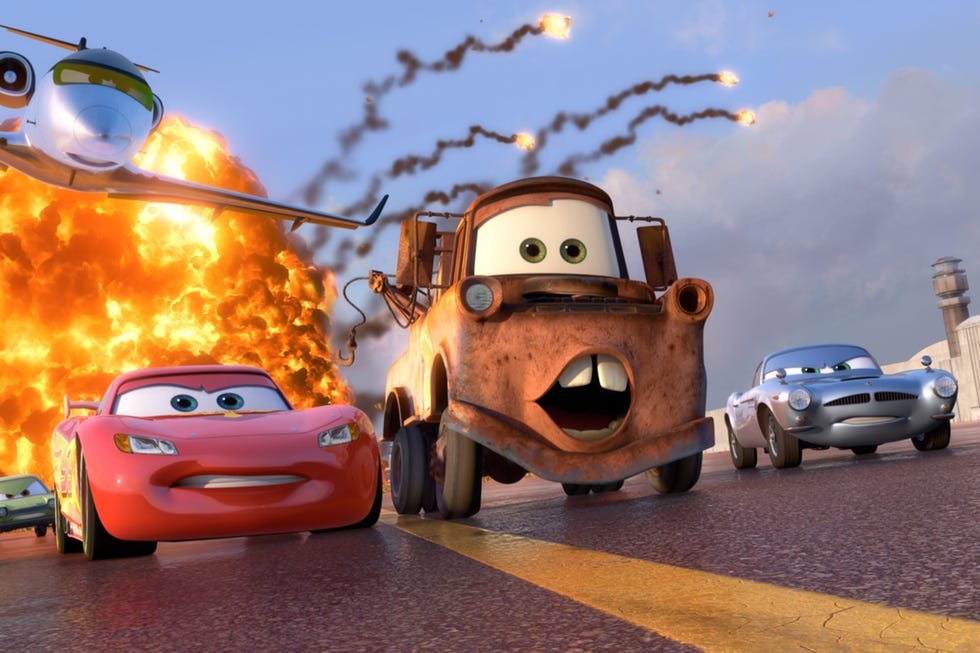
After the box-office success of Cars, you can understand why Disney and Pixar were eager for a sequel. It’s a film that offered possibly the best merchandising opportunity of the Pixar catalog so far. How could they say no to the money? Unfortunately, they should have—because Cars 2 marked a step down for good ol' Lightning McQueen.
Cars 3

Monsters University

After the critical and box-office success of Toy Story 3, much of the 2010s at Pixar focused on the reboot trend in greater Hollywood. More than half of the Pixar movies released last decade were sequels or spinoffs of Pixar movies from the 2000s. And they arrived at varying degrees of success. The magic of Pixar has always lived in the studio’s original ideas. And though it’s nice to revisit old friends from Monsters, Inc., it comes at the cost of what feels like an imitation of its original.
Elemental
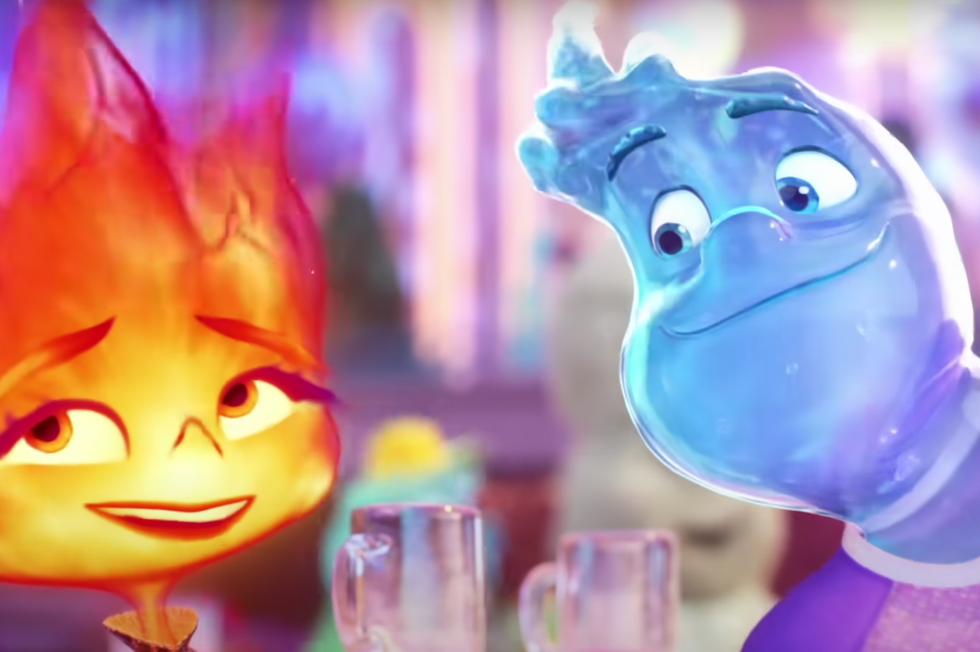
I have a soft spot for unlikely characters who find common ground, so naturally, Elemental tugged on my heartstrings. The movie takes place in a world where the four elements live amongst each other as separate entities. While Pixar earns bonus points for its original idea, the execution isn't quite there.
Lightyear

Lightyear is a mix between a prequel and a spinoff. (Spinquel? No.) Lightyear explains how the real Buzz Lightyear became a legend worth cloning into tiny little toys. Lightyear occasionally shines with brilliant visuals, Chris Evans's sturdy vocals, and some Buzz Lightyear-esque antics. But unlike the Toy Story films—which reinvent the franchise's formula from entry to entry—it never totally justifies its existence.
Finding Dory
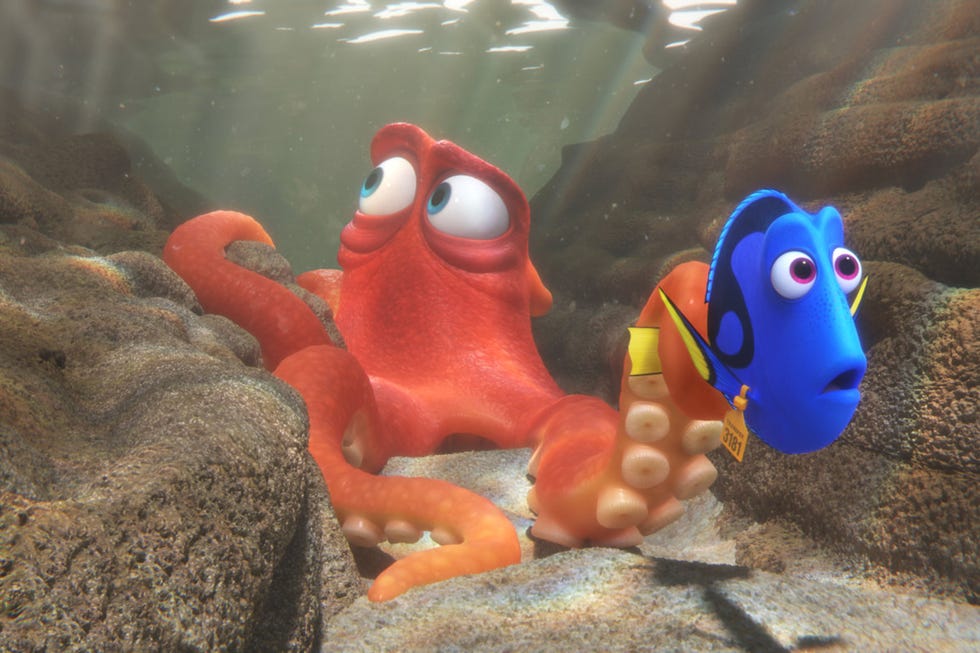
It’s in some of these sequels where it feels like Pixar is trapped in a comfortable rhythm. It’s easy to get a sense of deja vu from Finding Dory, where predictability has never been an attribute associated with the imaginative world of Pixar. While Finding Dory works as its own movie—as opposed to a reboot or spinoff—it’s hard to watch Finding Dory without comparing the story its groundbreaking and beautiful predecessor.
Brave
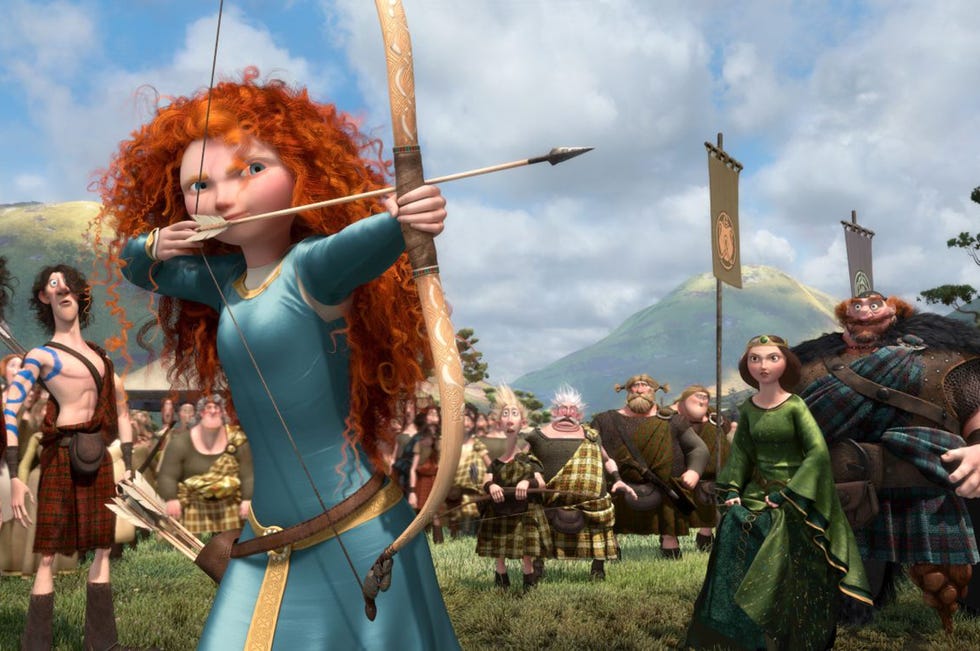
Though Pixar has always written strong female characters, Brave marks the first film in the catalog starring a human heroine. Brave is far more than an excuse for Pixar to show off its incredible ability to animate hair—which is always a difficult thing to pull off. It brings those classic themes of individuality and strength to a fantasy fairy tale about female empowerment.
Onward
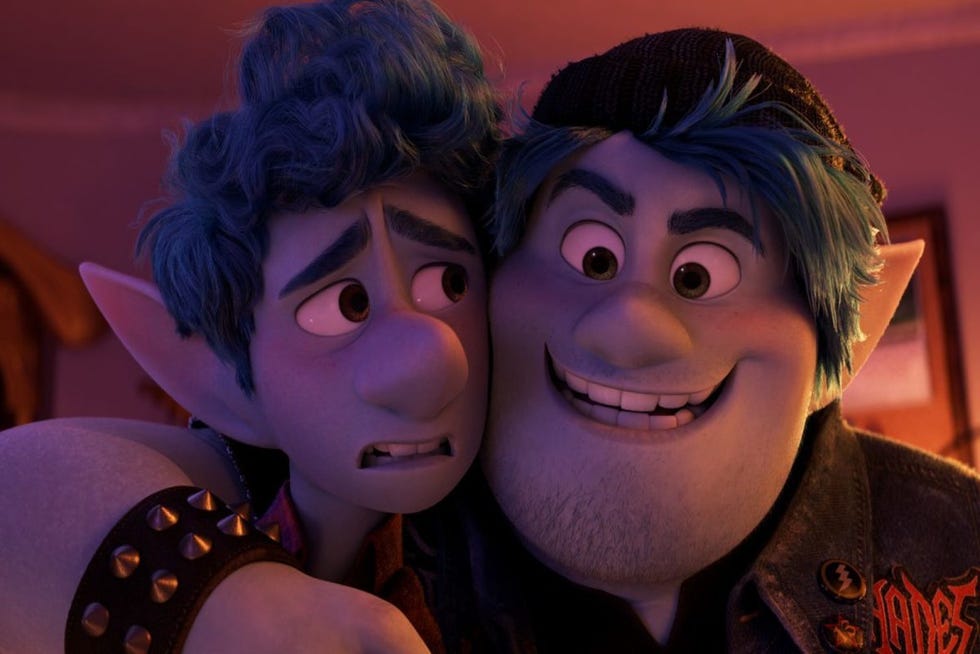
Maybe I didn't pay attention to the trailers closely enough, but I had no idea that Pixar's Onward would have a whole Weekend at Bernie's vibe to it. Two elf brothers attempt to bring their dead father back to life for one day—but they screw it up and end up going on an adventure with his dismembered legs. It's weird! But it's also fun in an '80s throwback way, even if it doesn't have some of the emotional or thematic depth of other Pixar films.
Cars

Even more than a decade later, I’m still mostly enthralled with the mechanics and possibly the biology of this world inhabited mostly by vehicles. If you believe in the Pixar shared universe theories, these cars are actually the evolution of machines after the corporate takeover of BnL resulted in the apocalyptic destruction of Earth. While this entire theory is vastly interesting, you have to acknowledge Lightning McQueen's enduring place in Pixar history—the kids love him for a reason.
A Bug’s Life
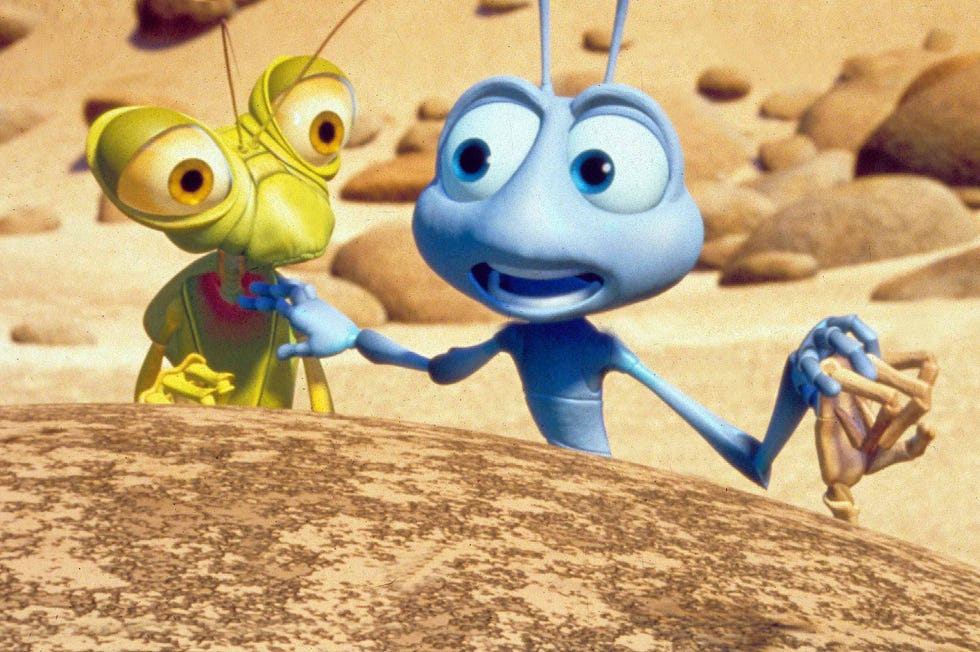
The follow-up to Toy Story, A Bug’s Life, was a Pixar film before a Pixar film was a Pixar film. The brand was only beginning to establish itself, and in the three years between Toy Story and A Bug’s Life, animators at Pixar made masterful strides in creating the tiny world beneath our feet. You can find footage of the tiny cameras they developed to look at the world the way bugs see it. In hindsight, it’s hard to remember it was ever a thing, because Pixar was the clear winner in the public feud between DreamWorks and its other insect-centric movie, Antz.
Incredibles 2
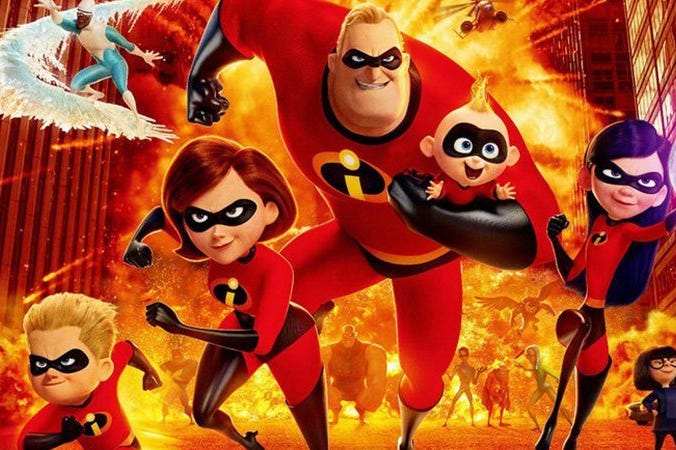
Much like Toy Story 4, Incredibles 2 delivered us a sequel to a series that we didn’t expect to continue. Rumors of a follow-up floated around for years, but many fans of the brilliant team-up film were surprised to see Pixar’s super-powered family ride once again. While the sequel provided some welcome introspection into the personal lives of the children in the family and gave us some memorable moments with baby Jack-Jack, it didn’t quite achieve the towering heights of ensemble comedy that the first film pulled off so well. Still, though, it’s a delightful adventure that’s much better than the bulk of the superhero films in theaters today.
Soul
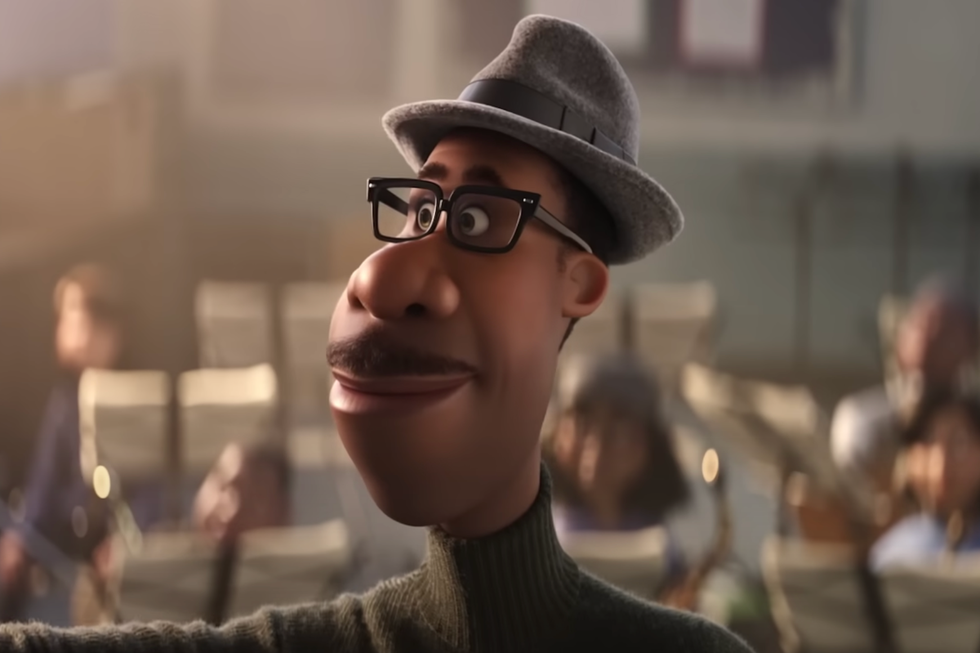
Have you ever wondered what happens when you die? In Soul, a middle-school music teacher named Joe finds out. When he unexpectedly dies, his soul is taken into the “Great Beyond.” With its frank, daring exploration of mortality, Soul might just go down as one of the most underrated films in Pixar's filmography—and its straight-to-streaming pandemic debut certainly didn't help that.
Turning Red
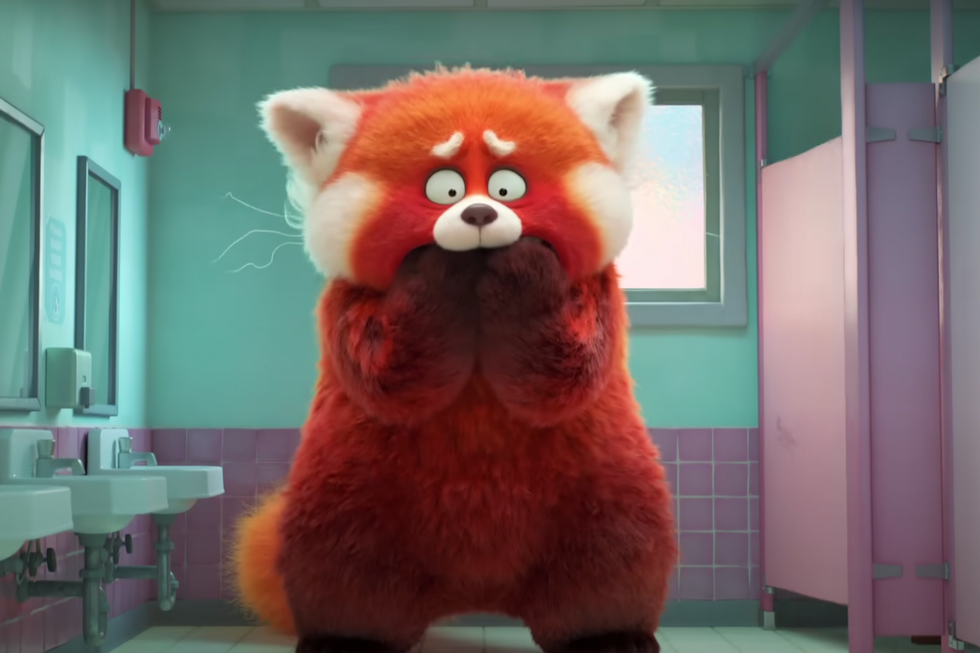
Being 13 is, well, the worst, but Pixar manages to make hormonal outbursts cute in Turning Red. In this film, a tween girl named Mei Lei goes through some major life changes. There’s the usual gripes—school crushes, overbearing parents, and friendship drama, but one day, Mei Lei discovers that she turns into a giant red panda whenever her emotions get the best of her. Turns out, her metamorphosis is part of a long-standing tradition for the women in her family. It's a brilliant twist that shows family dynamics, generational trauma, and motherhood in a way few Pixar films have pulled off.
Monsters, Inc
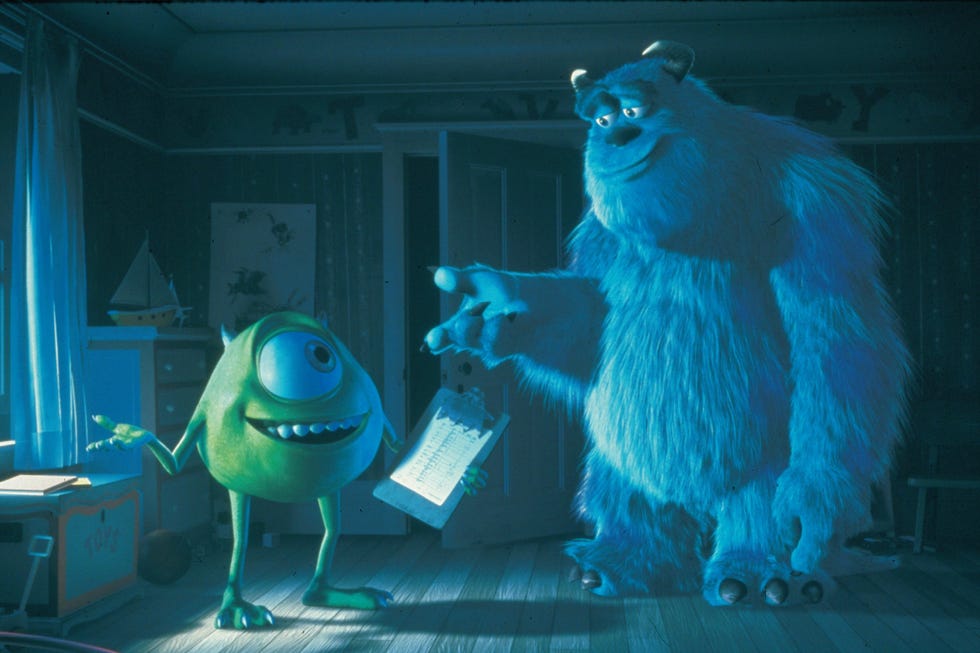
An early masterclass in Pixar world-building, Monsters, Inc. is the animation giant’s first foray into an entirely new world. It’s downright incredible how easy the introduce an entire complex society built around scares in a way that’s accessible to kids and adults. Here’s an example of how Pixar can take something like a child’s fear of the dark and turn it into something inventive, transformative, and something not so scary or confusing. For adults, it reminds us what it’s like to be a kid; for kids, it reminds them to be as brave as adults.
Up
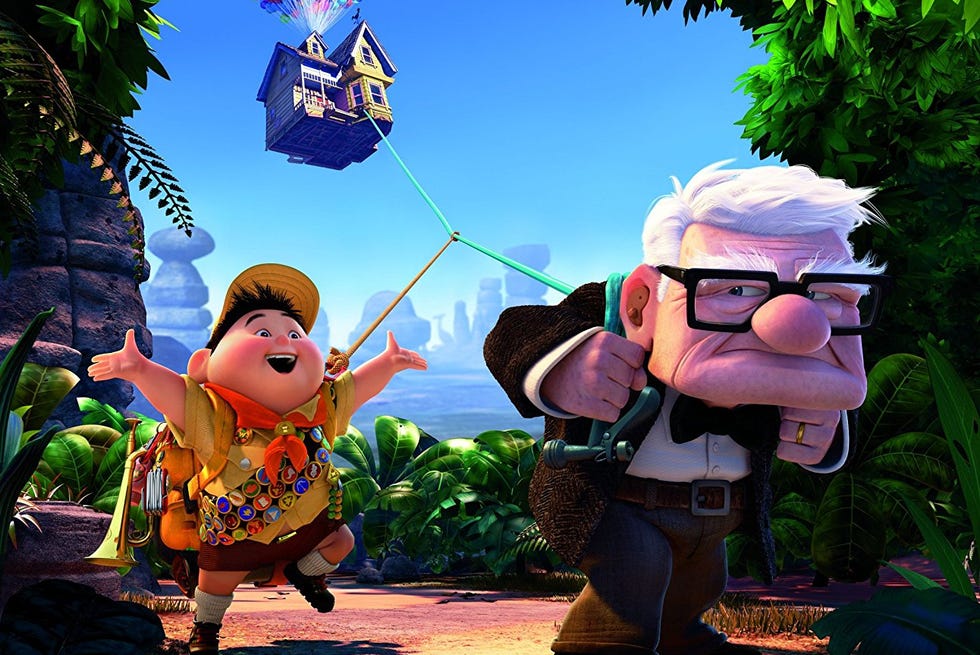
Not since Bambi has the first 10 minutes of an animated children’s movie been this heartbreaking. Told mostly without words in a series of vignettes, this is the entire life of Ellie and Carl—their love, their loss. If it doesn’t mess you up, I don't know what will. And that’s what Up reminds us of: No matter who we are or what we’ve been through, we still have the capacity for good and love. That is if you’re able to watch the rest of the movie after being reduced to a puddle of tears in 10 minutes. But, to wring that much emotion out of the audience in that short amount of time with little-to-no words is a feat that only Pixar can pull off.
Ratatouille
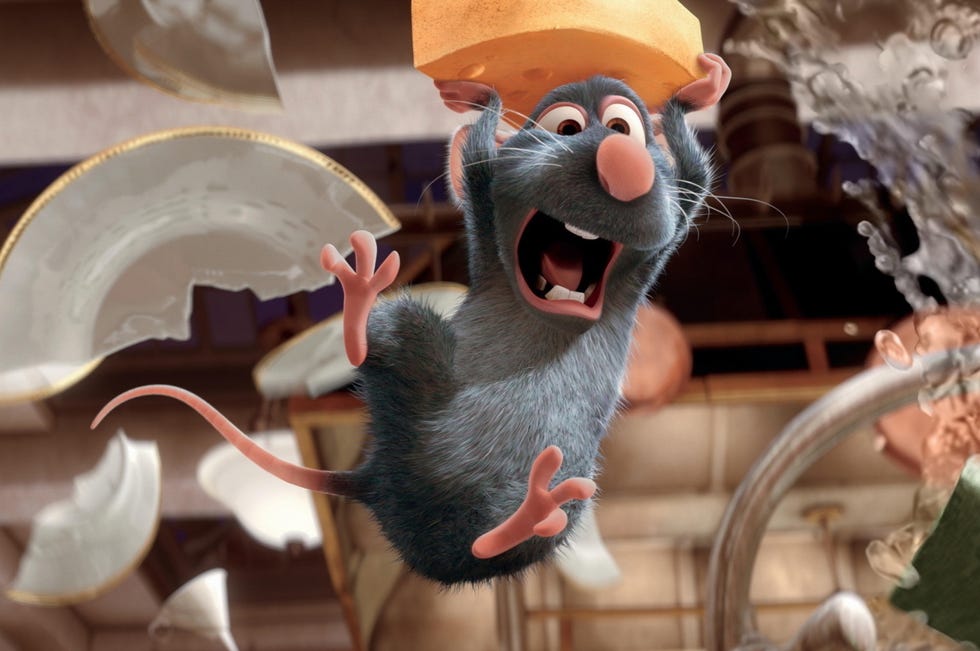
Kids see food as nothing more than the green stuff their parents force down their throats. If it’s not pizza or candy or other junk, it’s more like a chore. But Ratatouille introduces the transcendent power of food—that it can incorporate art, identity, and passion. In recreating the warmth and flavors of Paris, Ratatouille shows that what we eat is so intimately tied to who we are, who we’ve been, and where we’re going. Like so many great Pixar films, it champions individuality and the importance of following your dreams. And, if anything, maybe it made a generation of kids a little bit more adventurous with what they tasted.
Toy Story 4

While the film feels more like an epilogue to the series than another sequel, Toy Story 4 is an emotional gut punch like no other and has earned its place among the best of the series for nearly 25 years. The fourth installment to the franchise is moody, darker, and more introspective than the others, putting Woody front and center once again. Though it's not as exciting as some of the other adventures in the franchise, it compensates by being superiorly affected in all the right ways.
The Incredibles
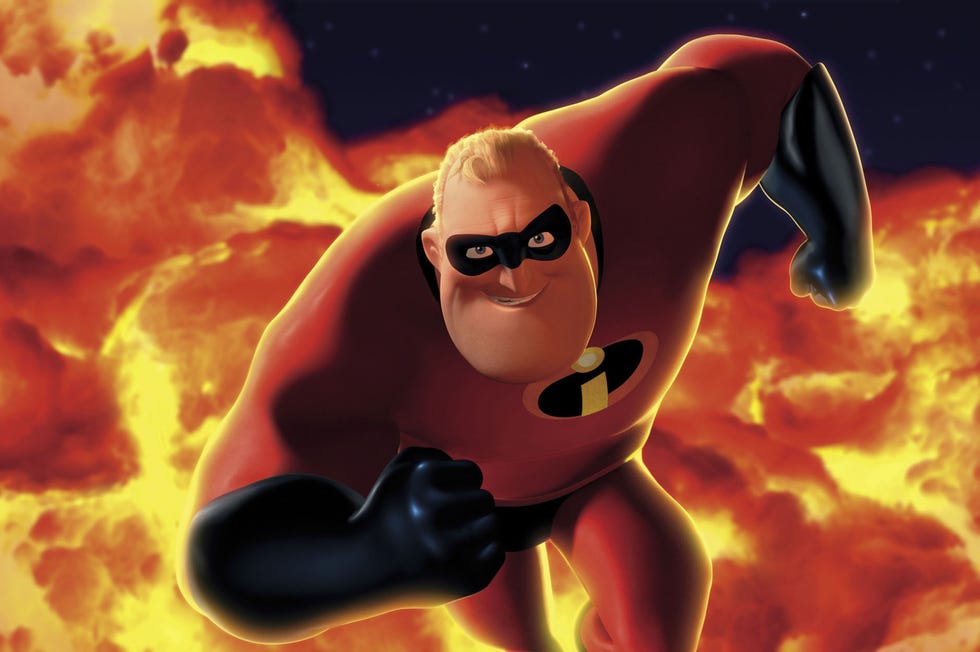
Long before the explosion of Marvel superhero movies, The Incredibles took a refreshing new approach to the genre. With no big names to anchor the film, Pixar created its own superhero franchise with a family at the heart of the story. Much like Alan Moore’s iconic Watchmen, this is a world where superheroes live in hiding following harsh national legislation. But, unlike the dark and gritty Watchmen comic, The Incredibles turned the subject matter into a simple, yet also deep, mix of humor and adventure that worked as a marital drama and an analysis of the growth of the family unit.
Toy Story 3
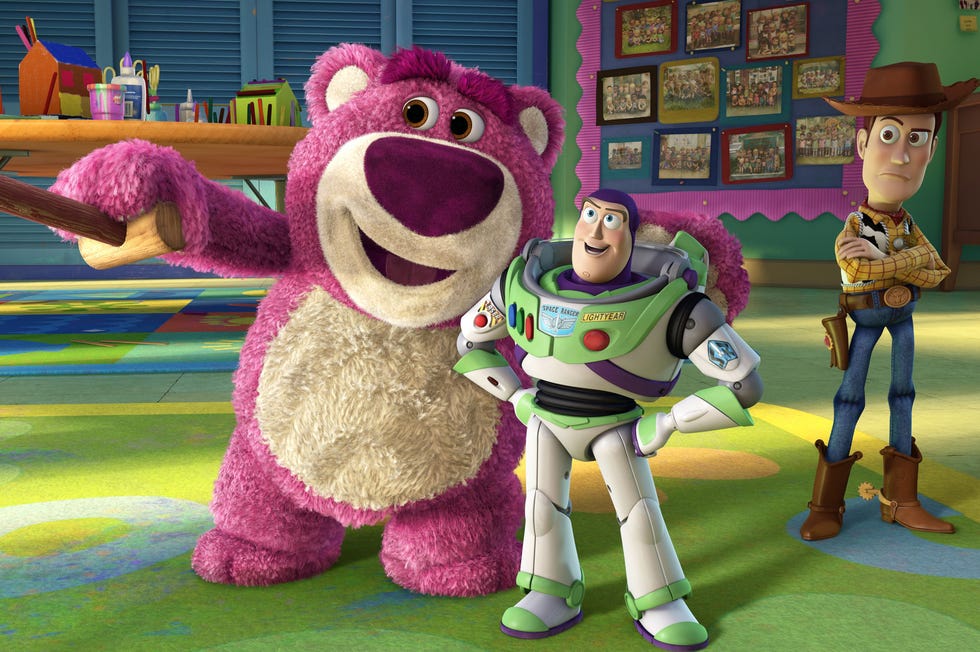
Toy Story 3 is a stunning outlier in Hollywood sequels. Where most franchises dip in quality over time, Toy Story had the incredible ability to deliver with every new film. Some might argue that each Toy Story outshines its predecessor, but it’s always hard to compete with nostalgia. Toy Story 3, does well to balance the growth of its characters, along with introducing a new set of toys without sacrificing what made the other’s great. More importantly, though, it directly addressed an inescapable fact of life—adults who have left their childhoods behind. Naturally, anyone touched by Toy Story and Toy Story 2 left the movie with the crushing guilt of abandoning their childhood toys. With Andy prepared to go to college, we finally get to experience that transition with these characters in the film.

The Best Shows to Watch During AAPI Heritage Month
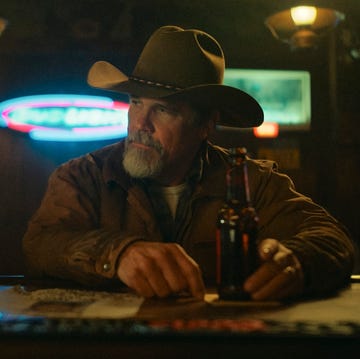
Which Hole Takes Me to ‘Outer Range’ Season 3?
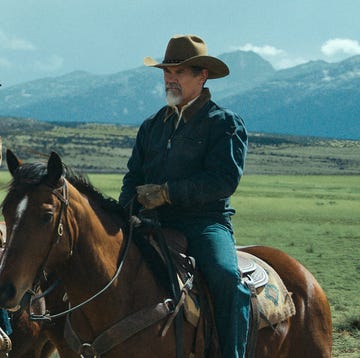
The ‘Outer Range’ S2 Finale Left Me Speechless
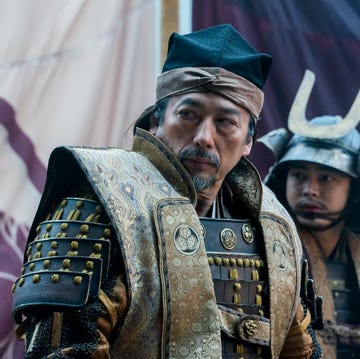
‘Shōgun’ Will Have Two (!) More Seasons

